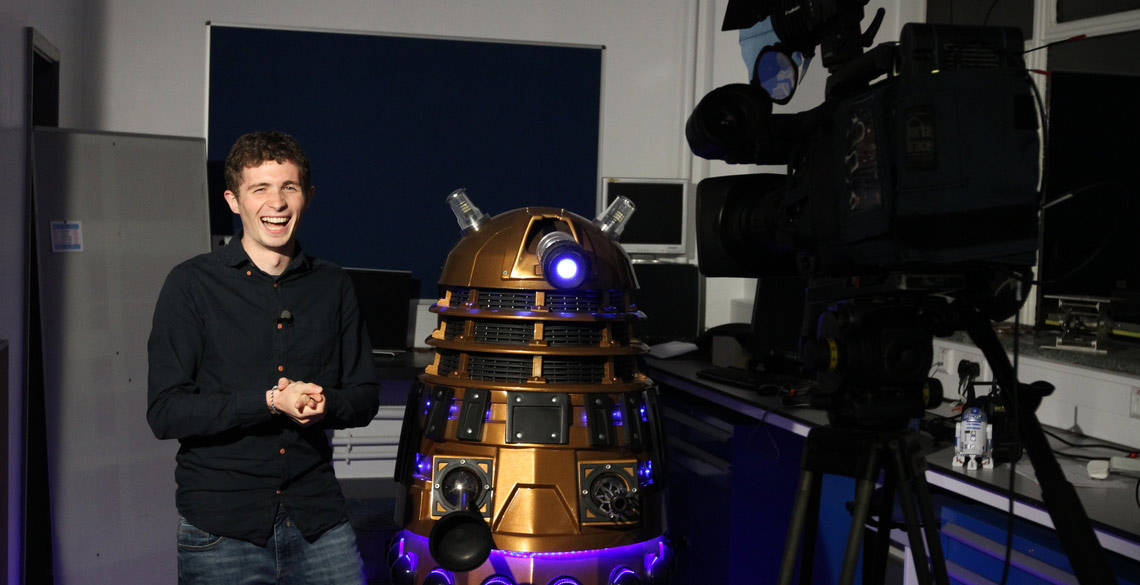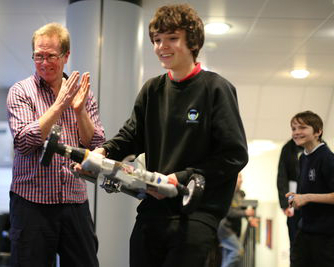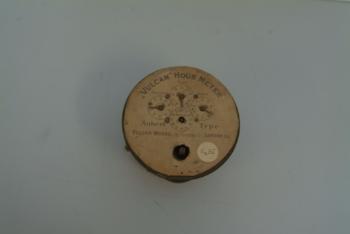Outreach

Both staff and students from the Department of Physics collaborate as part of a continuing effort to bring science to the wider community, showcase our cutting-edge research, and inspire young people to develop an interest in physics.
From pop-up planetaria and real-time safety-first viewings of spectacular solar eclipses through our telescopes to virtual reality surveys of the Martian landscape and our full size replica of the Mars Rover, our interactive outreach activities bring science to life and captivate audiences of all ages.

 Members of the department frequently engage with local schools and colleges, delivering talks that bring science to life as we take your students on a voyage of exploration of our world and the universe beyond.
Members of the department frequently engage with local schools and colleges, delivering talks that bring science to life as we take your students on a voyage of exploration of our world and the universe beyond. The Aberystwyth University Physics Museum houses many historic pieces of laboratory equipment that were previously used by students as far back as late 19th century, with some pieces dating back even further. The collection includes what is possibly the world's longest-running experiment - the Pitch Drop Experiment - started by G. T. R. Evans on 23 April 1914. Selected museum pieces are on display in the foyer of the Physical Sciences building. A full list of the collection can be found at the
The Aberystwyth University Physics Museum houses many historic pieces of laboratory equipment that were previously used by students as far back as late 19th century, with some pieces dating back even further. The collection includes what is possibly the world's longest-running experiment - the Pitch Drop Experiment - started by G. T. R. Evans on 23 April 1914. Selected museum pieces are on display in the foyer of the Physical Sciences building. A full list of the collection can be found at the .jpg) The Department of Physics at Aberystwyth University are pleased to be a delivery partner in the
The Department of Physics at Aberystwyth University are pleased to be a delivery partner in the 
.jpg)